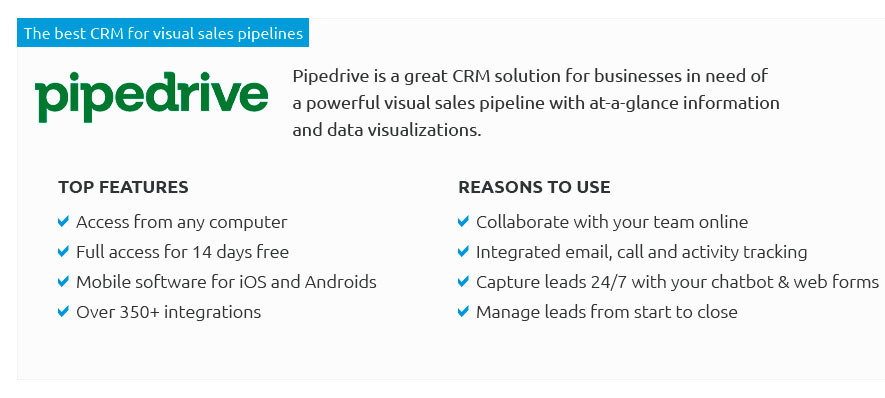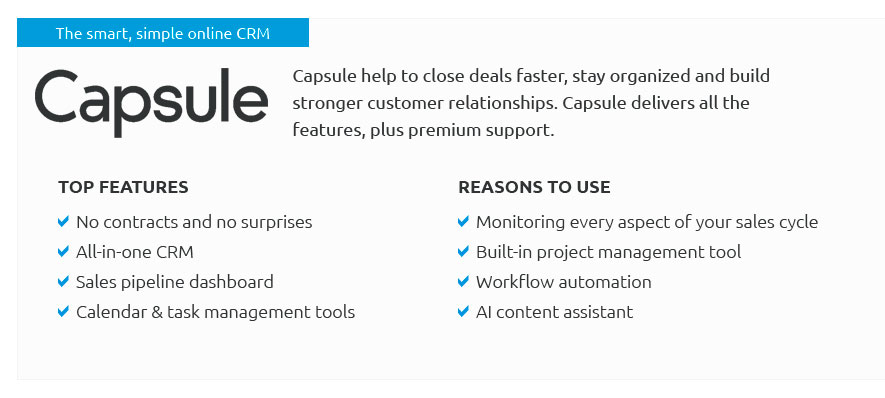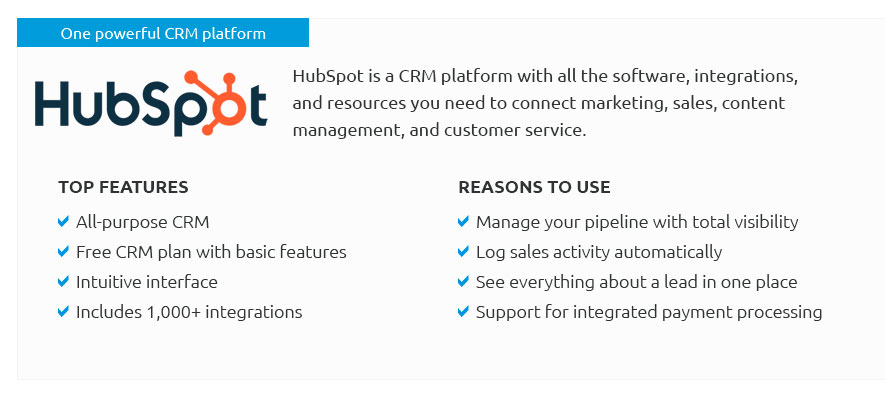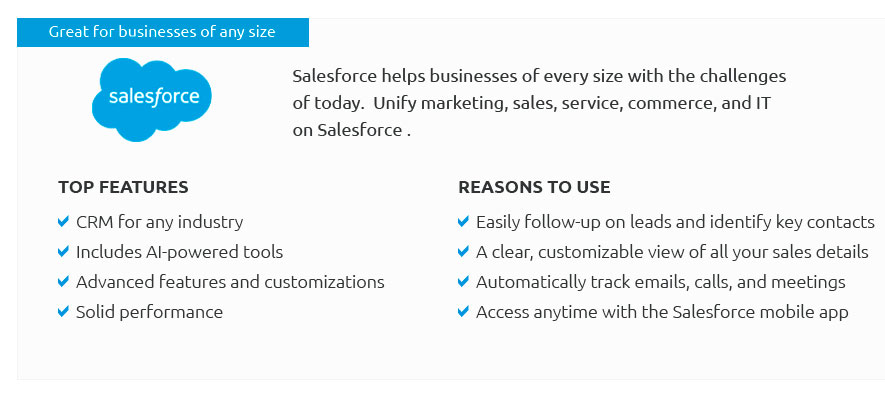 |
 |
 |
 |
 |
|
 |
|
 |
|
 |
|
 |
|
 |
|
 |
 |
|
fg1ttls2q Unleash the power of precision with our ultimate CRM software review, showcasing the best CRM platforms designed to elevate your foundation’s impact; dive into a world where seamless integration meets intuitive design, and watch your operations transform as you effortlessly manage donor relationships, optimize engagement strategies, and amplify your mission’s reach-our expertly curated selection cuts through the noise, spotlighting the crème de la crème of CRM for foundations, so you can focus on what truly matters: making a difference.
https://www.blackbaud.ca/products/blackbaud-crm
All your fundraising programs in one powerful solution. Raise more money by understanding your distinct sets of constituents and engaging with them. https://bloomerang.co/blog/nonprofit-crm/
A nonprofit CRM (also referred to as a donor management system) is a software platform that allows nonprofits to store, update, and report on supporter data. https://www.springly.org/en-us/blog/crm-for-foundations/
In this article, you will find an overview of CRM basics as well as information on the best CRM databases for nonprofits, including foundations.
|